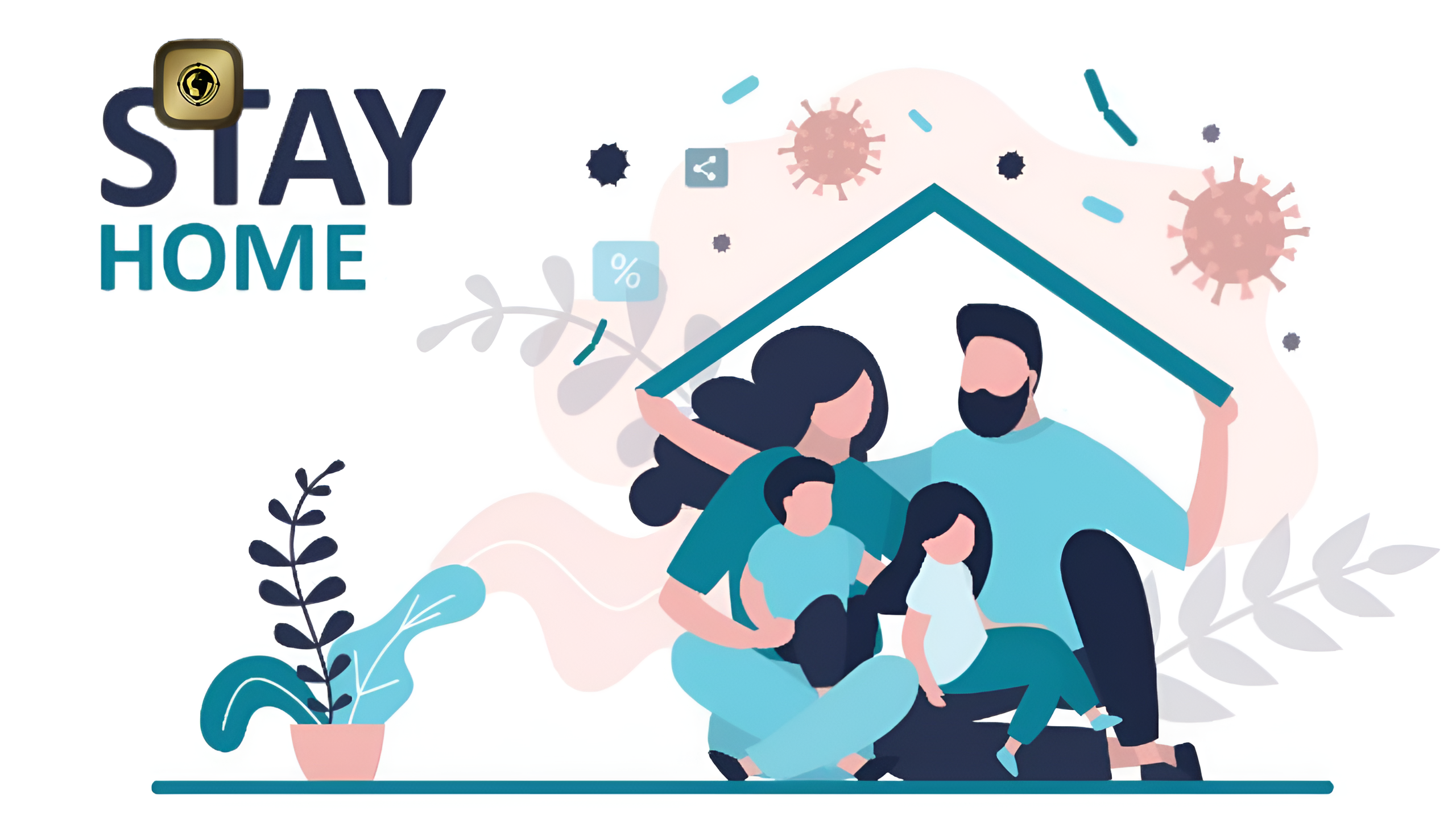April 9, 2025
- Checking in on your children every moment of the day is nearly impossible. While the home may be the most secure environment for a child, it still holds various dangers. Even though homeowner insurance provides some safety, it is crucial to implement specific basic safety measures for your children’s overall protection. Homeowner insurance can serve as partial protection, but you must engage in careful oversight and monitoring for more effective safety and security. In this article, we have compiled ten vital safety tips that will enhance the home as a safer and more secure place for children.
- Never leave children unattended near water:
Water activities are generally a fun and enjoyable experience for toddlers and kids. However, it is unwise to allow them to be unsupervised near any body of water, such as tubs or pools. This could lead to drowning, unintended injuries, or accidents. Never leave them alone, even for just a moment, when they are around water. - Keep chemicals or solutions out of reach:
Curiosity is instinctual for every child. While it fosters growth, it can also be risky and potentially harmful. Under no circumstances should children have access to any type of chemicals, solutions, pesticides, medications, or other drugs. It is best to store such items locked away in a high location, far beyond their reach. - Keep a tidy sleeping area:
It is a common practice to allow children’s sleeping spaces to be filled with numerous pillows, soft toys, plush toys, and blankets. However, this is not advisable, especially for young children. They lack full control over their actions and may accidentally choke on these plush items. Ensure that the bed is kept clear of clutter and that all blankets and sheets are securely stored away from their reach. - Childproof electrical outlets:
Children often have a tendency to poke at electrical sockets. Such behavior can lead to severe outcomes. It is wise to ensure all sockets and plug points are childproofed to prevent any unwanted, hazardous accidents. - Avoid allowing access to small items:
Children usually have high energy levels and tend to explore every item within their reach. To mitigate undesirable situations, it is advisable to restrict their access to very small items, including small toys or coins, as they may accidentally put them in their mouths, leading to choking hazards. Additionally, small food items should be well-crushed before being offered to them. - Install smoke alarms:
Among all potential dangers, fire is regarded as one of the most serious. If a fire occurs, it generates smoke that can quickly cause suffocation, disorienting individuals and making them more susceptible to fire-related dangers.
This is particularly more hazardous for children since they are completely vulnerable. Installing a functioning smoke alarm could assist you in identifying and addressing the issue as soon as possible, reducing the potential losses. Once the alarm sounds, you can evacuate all the children before the fire blocks any escape routes. - Secured openings:
There is a chance of children getting their fingers caught in the gaps of doors or windows. This can occur since they might not fully understand how all doors and windows operate.
Additionally, they might lean out from a high-floor opening, resulting in unfortunate accidental situations. To prevent this, ensure that all doors and windows are securely locked and fastened and cannot be opened with ease. Install necessary barriers wherever required. - Interacting with pets under adult supervision:
Children easily engage with pets, and their natural inclination is to show affection and care towards them. However, pets are not machines; they are living beings with their own thoughts. Your children’s behaviors may not always be welcomed by them.
Teach your child to keep a safe distance from pets and not to treat them as toys. They should never attempt to disturb them under any circumstances. Furthermore, always make sure that your child’s interaction with the pet is under proper adult supervision, and they are never left alone with the animal. - Easily accessible first aid kit:
No matter how many precautions you take, children are very likely to cause accidents in one way or another. It is always wise to be prepared for such situations so they can be managed quickly. Always have a well-stocked first aid kit available with easy access.
However, ensure that children cannot interfere with the medications by themselves under any circumstances. Keep the contact information of the physician readily available for emergency situations. - Remain as vigilant as possible:
The most effective way to prevent accidental situations is to remain consistently alert. Always keep your eyes and ears open to detect any unfavorable conditions as early as possible. Learn the fundamentals of CPR for emergency handling. It is better to be cautious than to regret.
Conclusion
Home insurance may serve as a supportive protective barrier, but it is not infallible. These are some of the most important and essential strategies you need to remember and apply in practical situations to ensure complete safety and minimal damage. While homeowner insurance is helpful and essentially beneficial, you must still implement your precautions and controls to minimize risks.
Disclaimer:
The above information is for illustrative purposes only. For more information, please consult policy documents and prospectus before making a decision.



Leave A Comment